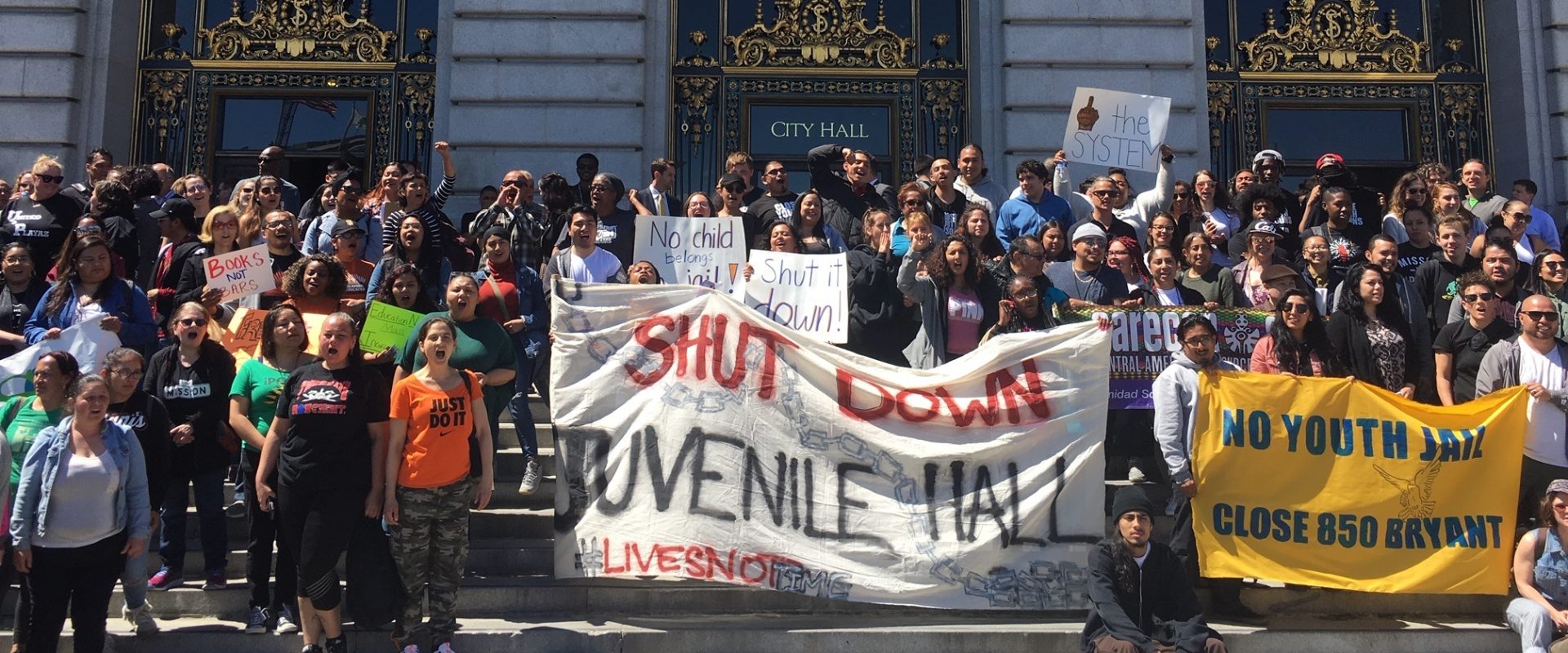Have you ever been in a room of highly educated individuals discussing sentencing and bail reform in California? I was just recently. On Tuesday November 27, 2012 I attended the Little Hoover Commission hearing as an expert witness. The conversation was extremely dynamic and thought provoking with significant dialogue on the fairness and constitutionality of the uniform bail industry in California. Despite the varying intricacies discussed there was a glaring omission: the collateral…
Blog Dec 2, 2012
Reform cuts marijuana possession arrests 86% in 2011, upends California drug policing
Just-released 2011 arrest statistics from the state Criminal Justice Statistics Center show that pioneering legislation downgrading simple marijuana possession from a criminal offense into an infraction – an effort to deter passage of Proposition 19, which would have legalized marijuana outright – has detonated a revolution in California drug-law enforcement. California’s new arrest figures read like something out of a drug policy reformer’s dream – but with unexpected twists (see table).…
The Patient Protection and Affordable Care Act (ACA) , the health reform law passed by the Obama administration and Congress in 2010, will have vast implications for the provision of health services to incarcerated individuals, including expanded access to mental health and substance abuse treatment. An underappreciated impact of California’s AB 109 adult corrections realignment is that county jails are now the primary providers of medical care for long-term realigned inmates. The Community…
Today, the Little Hoover Commission (LHC) hosted a public hearing on bail and sentencing reform in the State Capitol. LHC is an independent state oversight agency created in 1962 to investigate state government operations and promote efficiency, economy and improved service. As part of an ongoing assessment of public safety in California following AB 109 criminal justice realignment in October 2011, the LHC heard testimony regarding the monetary bail system, alternatives to bail, jail…
California is a very diverse state, with 58 counties potentially acting as “laboratories” of policy innovation in the field of juvenile justice. County and state-level practitioners, and policy makers can learn from these successes and model similar programs in their respective jurisdictions. However, these same counties also vary in their ability to address complex pressing challenges, specifically as relates to youth offenders. County-level data-analysis is a necessary building block in…
